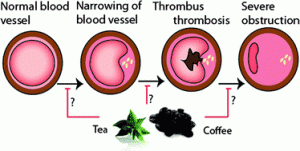 In this review article from Food & Function Editorial Board member Kevin Croft and co-workers from the University of Western Australia the effects of tea and coffee on cardiovascular risk is reviewed.
In this review article from Food & Function Editorial Board member Kevin Croft and co-workers from the University of Western Australia the effects of tea and coffee on cardiovascular risk is reviewed.
Tea and coffee have been associated with the risk of cardiovascular disease (CVD) both positively and negatively. Although tea has generally been associated with neutral or beneficial effects on CVD controversy still exists regarding the effects of coffee.
This review article highlights the potential mechanisms by which tea and coffee phytochemicals can exert effects for CVD protection, and potential mechanisms affecting intermediate CVD risk factors are highlighted. Read the full article for free until 21st May!
Effects of tea and coffee on cardiovascular disease risk
Siv K Bøhn, Natalie C Ward, Jonathan M Hodgson and Kevin D Croft
Food Funct., 2012, Advance Article, DOI: 10.1039/C2FO10288A
Interested in tea and coffee? Food & Function is publishing a themed issue of research presented at the 1st International Congress of Cocoa Coffee and Tea, the issue is Guest Edited by Vincenzo Fogliano and Marco Arlorio and is due to be published lated in 2012.
You can keep up to date with the latest developments from Food & Function by signing up for free table of contents alerts and monthly e-newsletters.












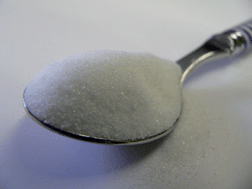
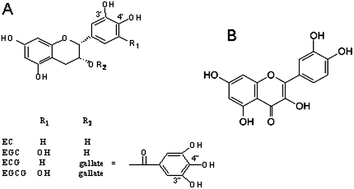
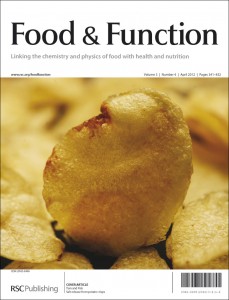
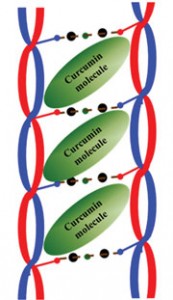
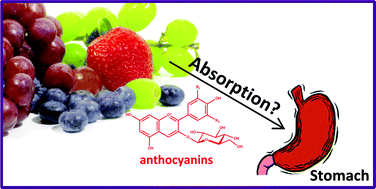
![Butter_and-_Milk_shutterstock_39279025[1]_250_tcm18-215194 Butter and Milk](https://blogs.rsc.org/fo/files/2012/03/Butter_and-_Milk_shutterstock_392790251_250_tcm18-215194.jpg)